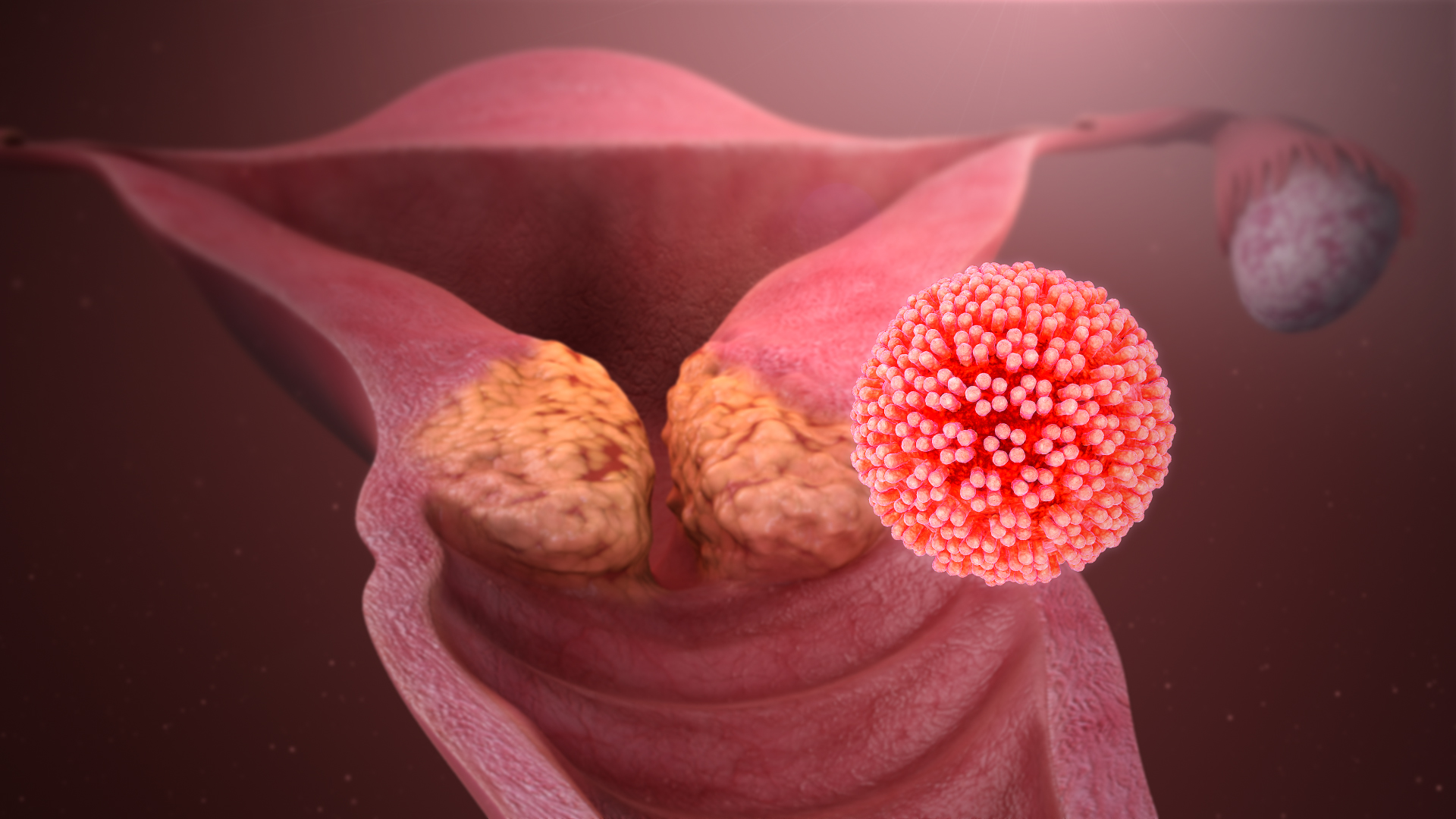Pelvic Inflammatory Disease and STD
STD’s most often are symptomless. Hence not diagnosed .when STDs are not treated cause Pelvic Inflammatory Disease (PID) in female patients. The root cause of PID is the infection in female genital parts. The infection is a result of the microorganisms from the cervix and vagina to the upper reproductive organs. PID can also damage reproductive organs permanently and cause infertility in females.
Women get PID because of Sexually Transmitted Diseases such as Chlamydia and gonorrhea. Chlamydia and gonorrhea are the type of bacteria, which move upward from woman’s vagina into the reproductive organs. 33% to 50% of cases of PID in women is because of sexually transmitted pathogens.
The signs and symptoms of PID in women can be mild or severe. Mild PID is asymptomatic and can go unrecognized by women or health care staff. Sexually active women with lower abdominal pain, urinary tract infection or gastrointestinal tract infection shall consult their Doctor for clinical evaluation of PID.
The most common symptoms of PID are
- Painful & frequent urination
- Increased vaginal discharge
- Lower abdominal pain
- Fever > 100F
- Pain with intercourse
- Irregular periods
The variations in signs and symptoms make a diagnosis of PID imprecise. The doctor may advise several clinical investigations to increase the specificity of clinical criteria and diagnosis of PID. These include tests for Chlamydia and Gonorrhea
The bacterial infection is treated with broad-spectrum antibiotics to cover likely pathogens. Sometimes symptoms go away even before the infection is cured. But it is always advised to complete the course of all the prescribed medicines.
In certain cases, Doctors may advise hospitalization to treat PID. Additionally, the woman’s partner is also given treatment to decrease the risk of re-infection.


Leave a Reply